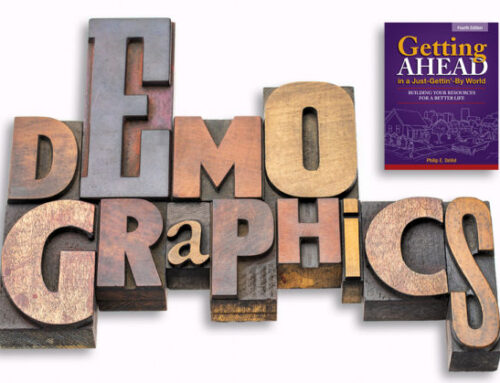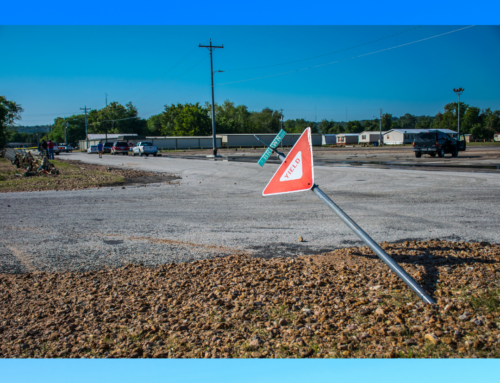 Despite being known as the world’s melting pot, and despite decades of civil rights efforts towards integration, the truth of the matter is we live segregated lives.
Despite being known as the world’s melting pot, and despite decades of civil rights efforts towards integration, the truth of the matter is we live segregated lives.
Dr. King said 11 a.m. Sunday is the most segregated hour in America. A half a century later, less than 10% of churches are considered racially mixed. And while we think first about race when we think of segregation, it is often true around economic class.
There is a lot of conversation now about income inequality focused on the top 1%. The graph shows that this group has gained 275% in income since 1979 while the rest of us have lost, flatlined, or gained only slightly.
 Like many of us, I am trying to understand what happened to our global economy and national banking system, trying to wrap my head around concepts like trillions of dollars and credit default swaps.
Like many of us, I am trying to understand what happened to our global economy and national banking system, trying to wrap my head around concepts like trillions of dollars and credit default swaps.
But what I’ve been thinking a lot about lately is income segregation, something that happens in our own backyard. Sometimes we live only miles apart, but the economic separation of our lives creates a kind of geography of difference that can be as extreme as living worlds apart.
Poverty affects children more than adults, and right now children are the largest group in poverty. It is a difficult cycle to break and disproportionately affects health, teen pregnancy rates, crime rates, the chances of being unemployed or underemployed, of course, pathways to stable and adequate income.
Fifteen years ago in Tucson, I worked with a wonderful group of kids from 5th grade through high school. We called ourselves “ArtsBridge,” and some of the time we focused on academics, but much of it was about building relationships and having fun. The idea was that when crisis showed up, we’d have the friendships as a foundation for problem-solving.
I was a struggling graduate student at the time and things were lean. But for most of these kids I was wealthy. I owned my home, had a computer, lived in a safe neighborhood, drove a nice car, had plenty to eat, and felt able to move around town with ease and without worry.
I remember going to the gas station and filling my tank and having the kids remark how incredible it was: their parents could only put in a few dollars at a time and sometimes the car stayed parked until gas money could be found.
I remember going into one student’s home to help with homework and as twilight turned to dark, the mother went into a back bedroom to unscrew a light bulb and move it to the kitchen so we could continue.
I got to know not just the kids, but their families and parts of their life stories. The lens wasn’t one of charity or pity, but friendship and mutual respect: of crossing those hidden divides of race, class, culture and language. I was invited to birthday parties, quinceaneras, church services, and graduations. Some of the kids made it beyond where their parents had stopped: into college and better paying jobs. Others didn’t.
I was confronted with the differences of living in a world where I didn’t have to spend so much of my mental focus, physical energy and emotional stress on simply putting gas in my car or keeping the lights on.
I know I learned more than any of the students from our years together watching as they and their families confronted barriers and problems I would never have to navigate, whether because of my economic resources, white skin privileges, citizenship or proficiency with only one language, English.
Fast-forward to present time and the Midwest. I gave a presentation to a nearby school district and found they had a school system in their county with 9% free and reduced lunch, and another with 99%. Free and reduced lunch is the one reliable indicator of poverty in a school district and those two figures speak volumes about the economic segregation of two districts just miles apart.
In Bridges, we consider 40% a “tipping point,” an indicator that a community needs to start paying attention. In many of our communities, 40% was a mark we passed up years ago. Here’s one statistic to show why we need to pay attention: children who spend a year or more in poverty are 38% of the school population, but 70% of the school dropout population. The gap in income between having a college degree and not having a high school diploma can be as wide as 76%, which adds up to financial stability, which leads to more resources, options, power and sense of control.
I’m not a mathematician, but to me, the equation is simple. Poverty is expensive. It causes suffering, drains resources and locks up human potential. And we simply can not afford to ignore the extraordinary potential of so many people whose skills, talents and dreams are often unrealized because they are in survival mode.
Income segregation is in our own backyard and we can do something about, but it requires awareness, intent, and the tools to do something about it. I believe Bridges can be a part of that response in powerful and creative ways.








